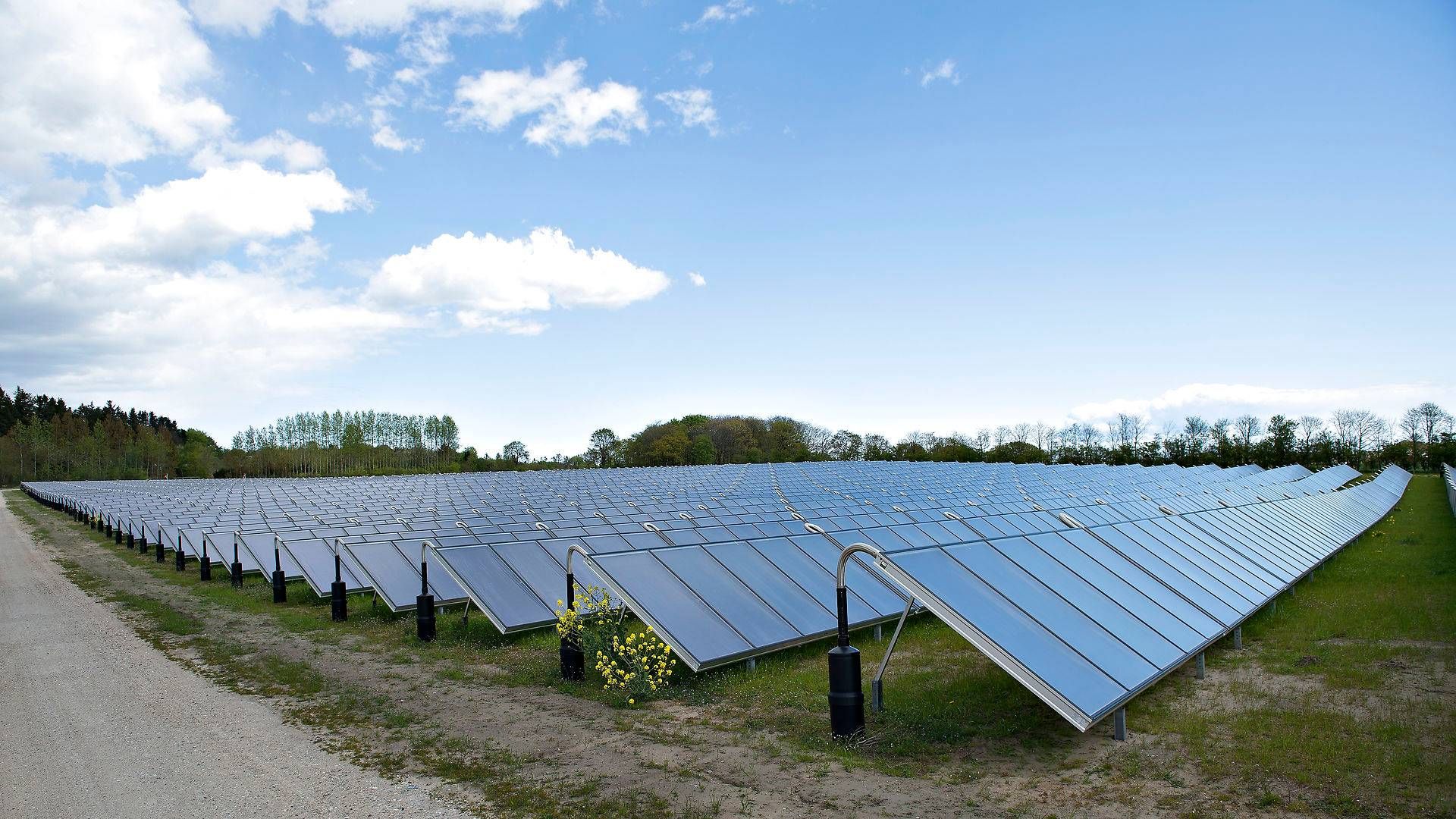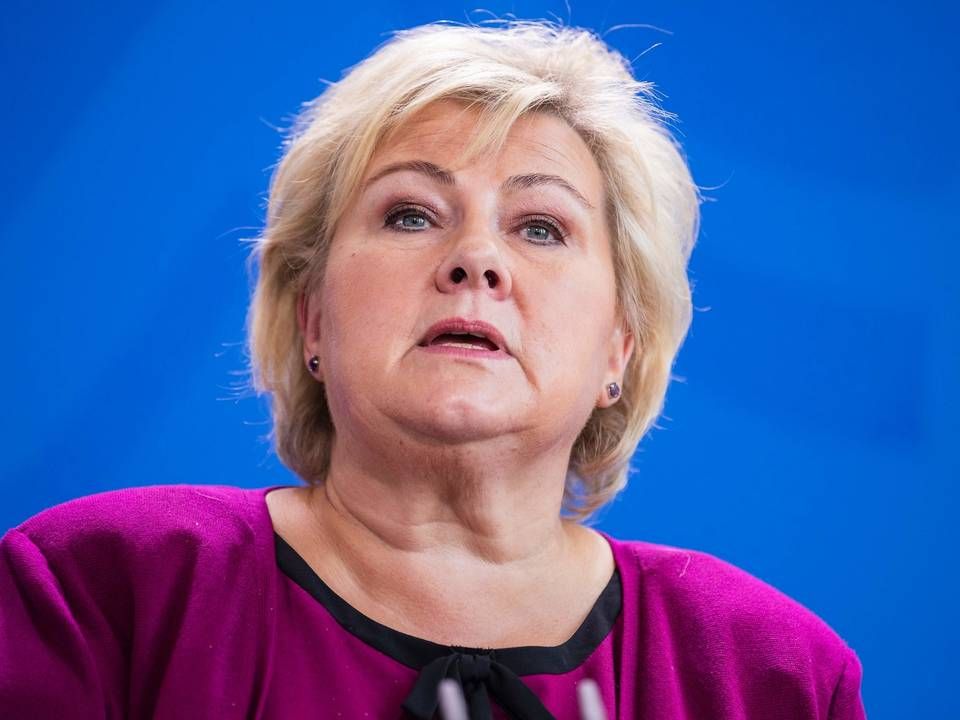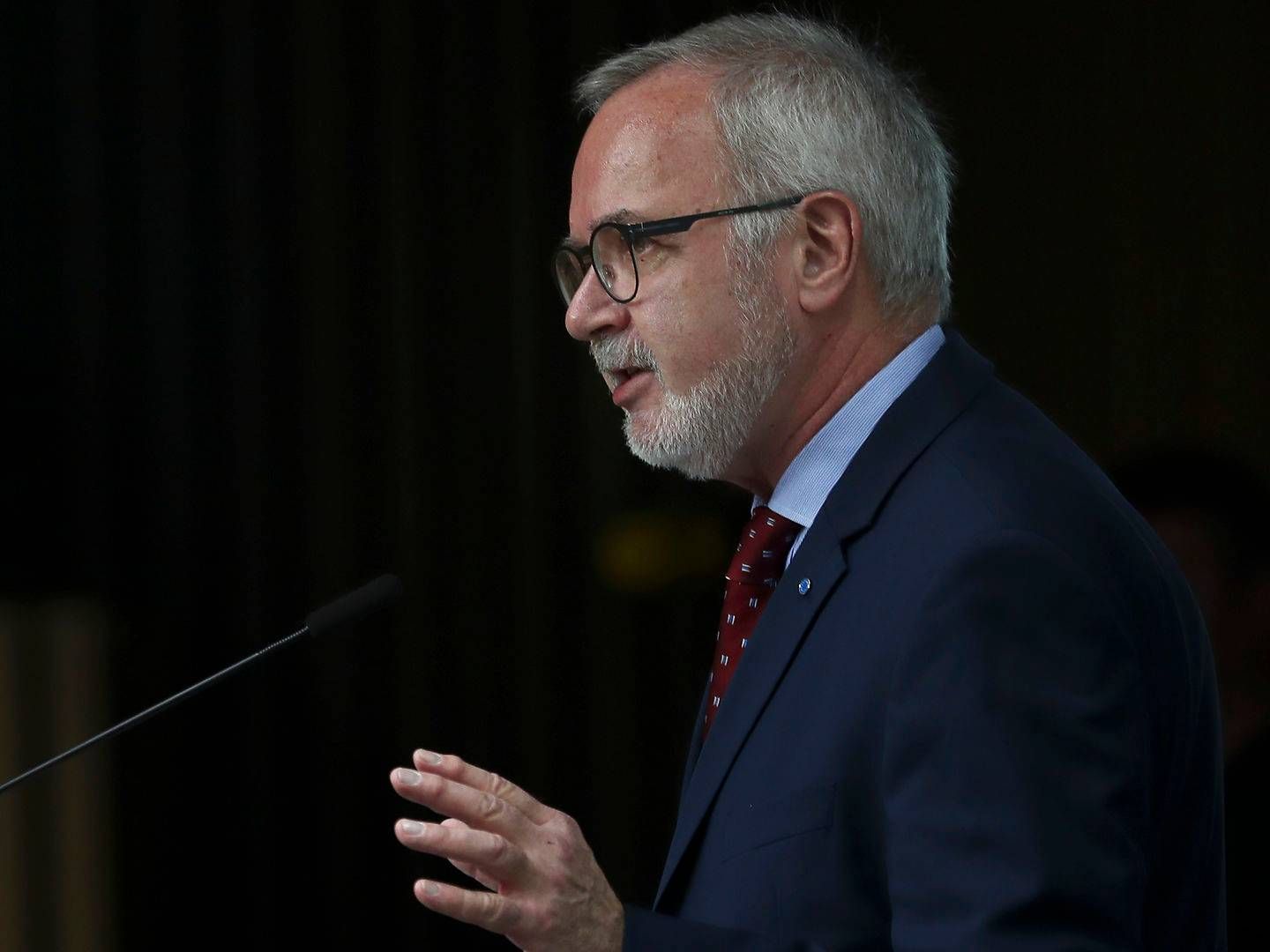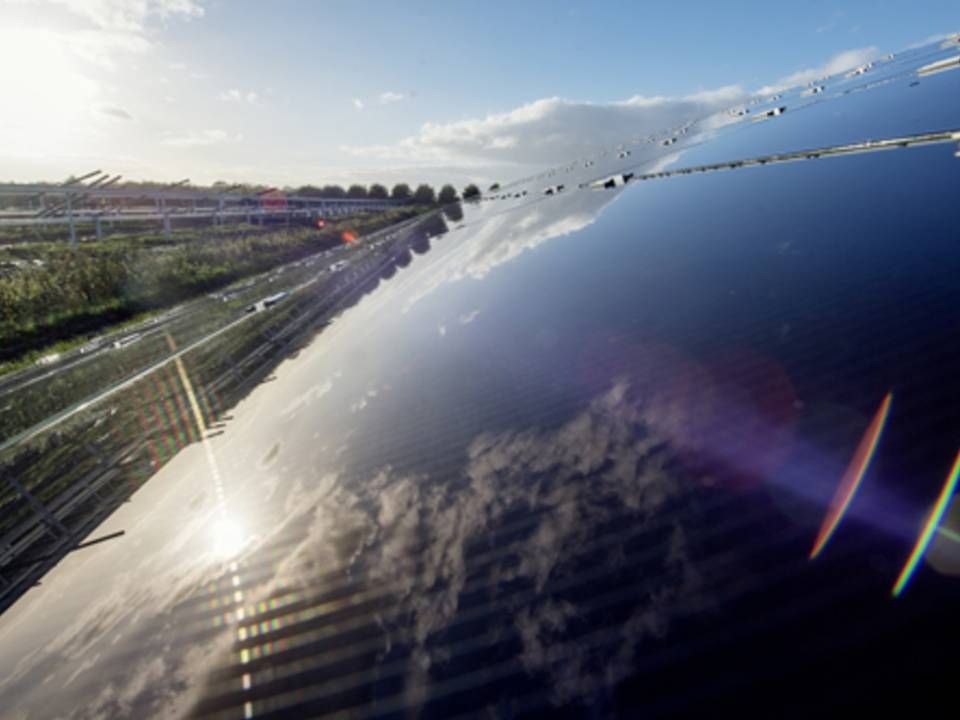IEA: Doubling renewable capacity insufficient to hit climate targets

The International Energy Agency (IEA) projects an explosive growth in both distributed and utility-scale photovoltaic solar panel installations during the next five years, which will thus make an impressive contribution to global renewable power capacity.
Indeed, solar capacity is forecast to double between 2019 and 2024, thus adding 1.2 GW of RE to the aggregated global energy mix, the IEA writes in a press statement on its Renewables 2019 Market Analysis and Forecast for 2019-2024.
The agency bases its prognosis on falling RE costs and increased willingness on the part of the world's governments to support wind and solar expansion. The IEA estimates that 60 percent of RE capacity growth will come from PV solar and that the combined development will boost proportional global green power from 26 to 30 percent in 2024.
All these figures would seem to indicate a path to sustainability. In fact, the total growth estimate is even 14 percent higher than last year. The IEA informs that distributed solar has a particularly large potential and expects that this category will end up accounting for around half the coming growth in solar capacity.
However, despite these commendable digits, far more will be required if the world is going to hit its climate targets, according to the IEA.
Long way to go
"The renewed expansion remains well below what is needed to meet global sustainable energy targets, however," the IEA writes in a press release.
"Renewables are already the world's second largest source of electricity, but their deployment still needs to accelerate if we are to achieve long-term climate, air quality and energy access goals," writes IEA Executive Director Dr. Fatih Birol.
The report names three particular challenges needing to be overcome: "Policy and regulatory uncertainty, high investment risks and system integration of wind and solar PV."
The agency recommends courses of action including tariff systems and policy reforms, both of which will be necessary to secure growth for PV solar power. Otherwise – and without checks on this growth – system costs are at risk of surging, which would make the process of integrating renewable energy into grids more difficult, as this would lead to reduced income for network operators.
"By reforming retail tariffs and adapting policies, utilities and governments can attract investment in distributed PV while also securing enough revenues to pay for fixed network assets and ensuring that the cost burden is allocated fairly among all consumers," the agency writes.
Birol says distributed PV solar has "breathtaking" potential but underscores that this development must be supported to balance varying interests between owners, consumers, utilities and distributors.
"The IEA is ready to advise governments on what is needed to take full advantage of this rapidly emerging technology without jeopardizing electricity security," Birol asserts.
English Edit: Daniel Frank Christensen
Norway cancels wind expansion plan after political storm
Obscure EU bank postpones climate-friendly plan
Paris Accord's 2-degree target more costly than keeping under 1.5 Celsius
Climate change has increased hydropower productivity
UK sources main power from renewables
Potential energy commissioner refrains from pledging 2030 target
EU group urges further emissions cut
RE equities outperform fossil stocks





















.jpg&w=384&q=75)



